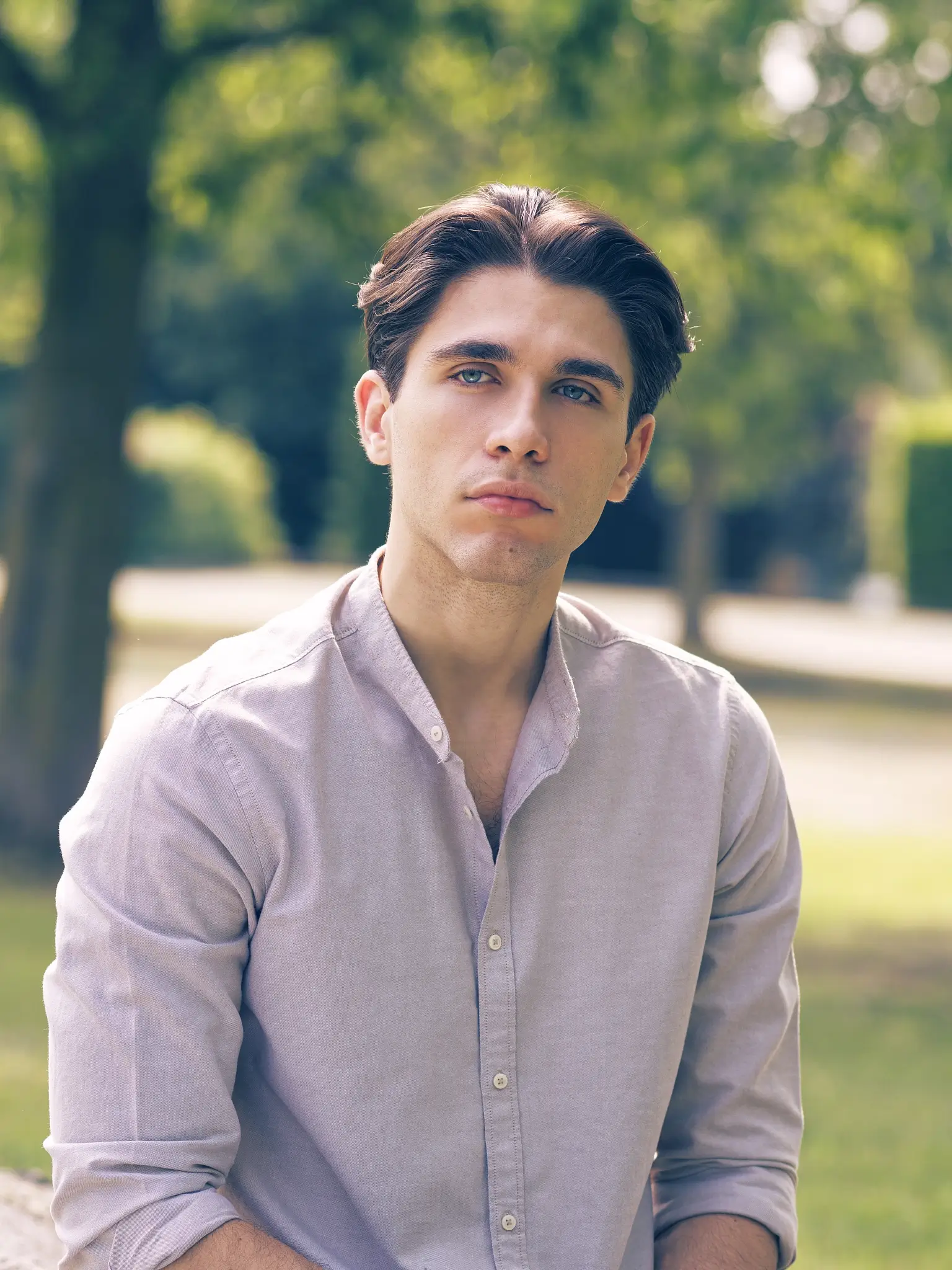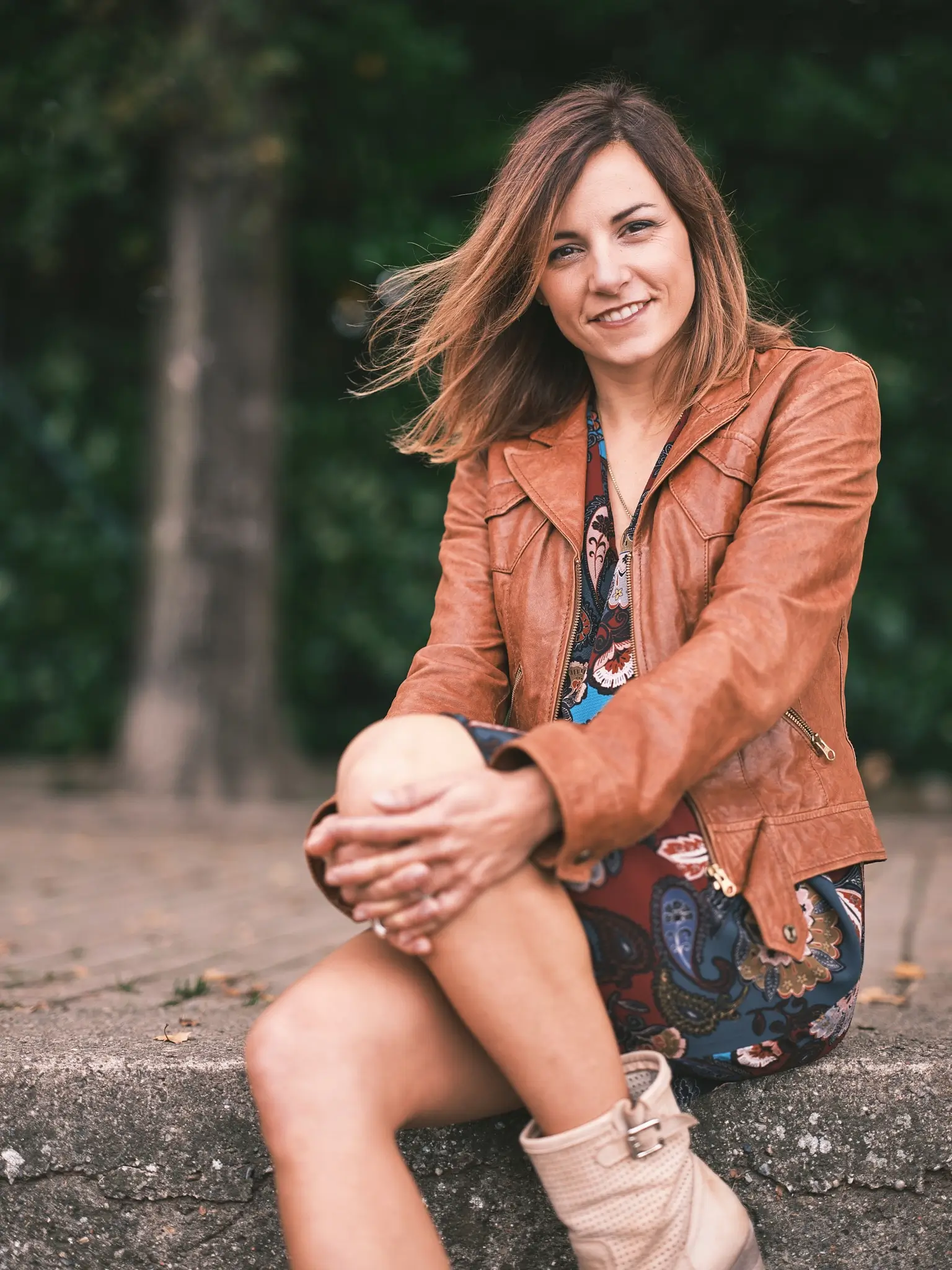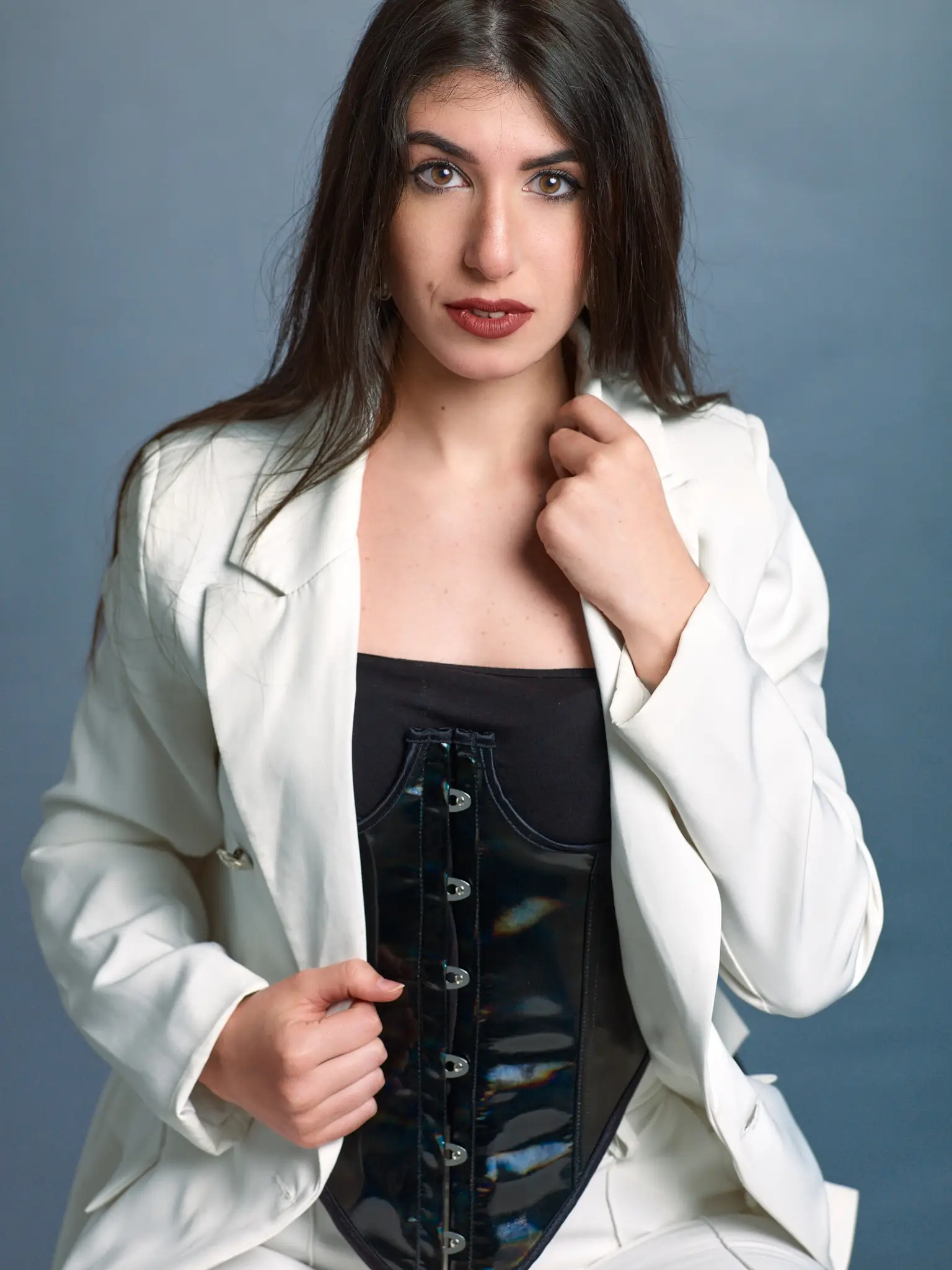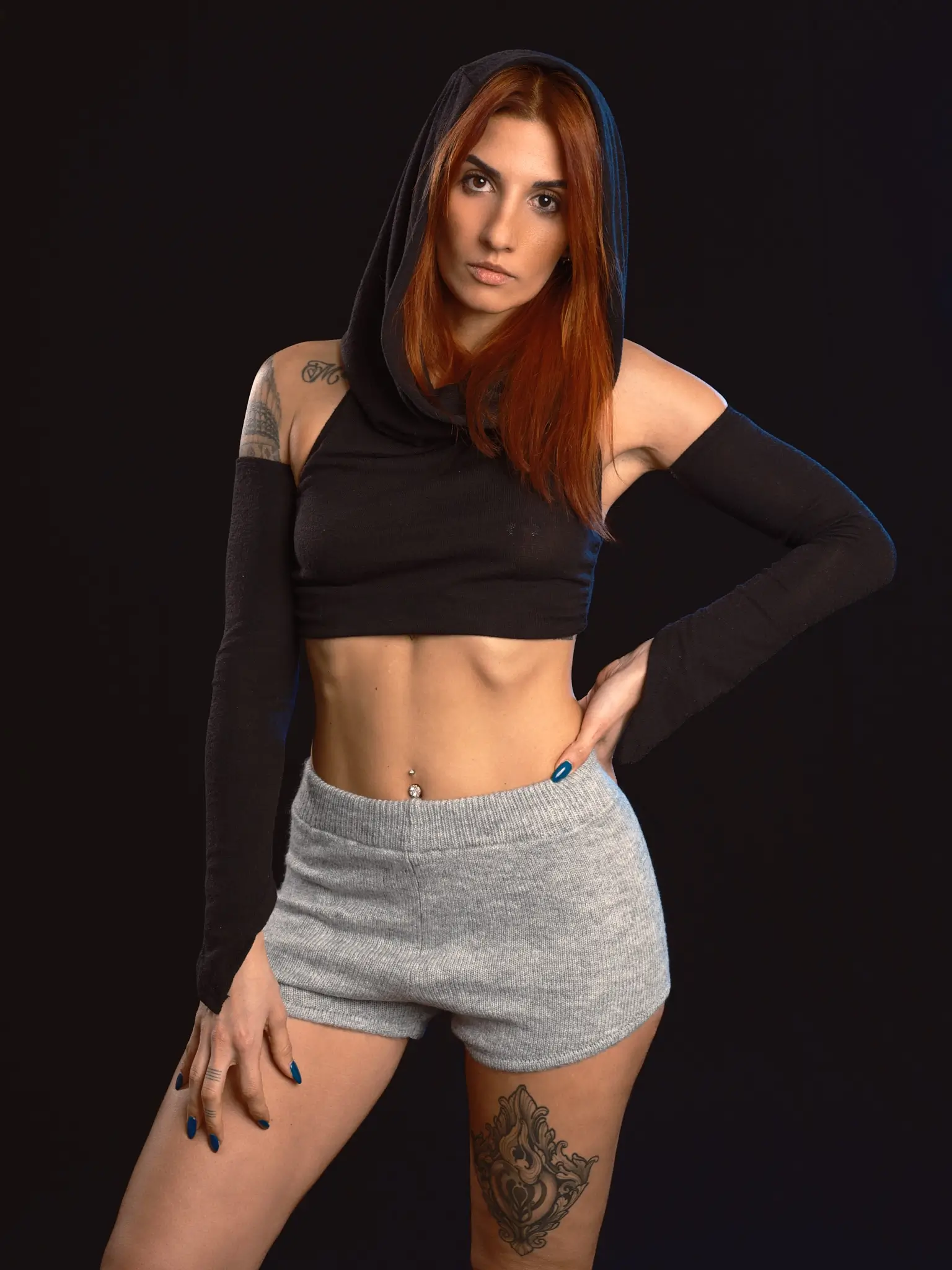Don’t listen to your belly, listen to your needs
Hey, my friend, welcome back and thanks for staying with me for a few minutes reading my article!
Today I want to share with you some quick thoughts about gear.
When I started taking pictures, more or less seriously, it was 2012. Back then, the best I could afford was a Canon 1000D with the 18-55mm kit lens. Compared to the average pictures I took until that point, that was a massive upgrade in terms of image quality.
Unconsciously, it also started a sort of race to the best quality possible.
The first years of my photographic journey were influenced by the (wrong) belief I should get a better camera with a better lens to achieve better results.
Obviously, I was completely mistaken.
My gear did not make me be a better photographer.
Camera, lens and whatever other device used to create an image are just tools, pieces of technology. This means they are there to help be a better photographer.
That’s what technology is made for.
If we start from this assumption, we can elaborate further and discover that, if on one side your gear won’t make you grab better images, on the other side I have to say you need to find the tool that best fits your way of taking pictures.
Choosing a camera (or a lens, a tripod, a filter, whatever it is) is not just following the trend of the moment or a wish to always have the latest product.
It needs to be a very well-weighted choice. This because a camera is not only a sensor, is not only megapixels, ISO, burst rate and stuff like that.
When you buy a new tool, it needs to feel comfortable in your hands. It needs to be versatile if you need to cover many different scenarios. It needs to be as fast as accurate if you need speed.
Let me share an example.
A few years ago, when I first tried an old analog medium format Mamiya, I fell in love with the look of medium format cameras.
Now, I know that digital medium format is not even close to THAT film look (the sensor is not comparable to the film in terms of dimensions), however, the level of detail and the size of the sensor resulting in a slightly different look convinced me to make the jump from full frame to medium format.
I looked into the second-hand market and the only camera I could afford was a Pentax 645Z plus a couple of lenses.
For the first months, I was absolutely thrilled. The images looked beautiful, the camera fitted perfectly in my hands and I was really comfortable handling it. I could really feel the upgrade and I couldn’t be happier with this purchase.
Then I had my first outdoor set. Carrying around such a beast for many hours resulted in a bad sore back and neck.

Matteo – Pentax 645Z with 150mm f2.8
I suddenly realised the parameters I considered to make the decision to change my camera were not accurate. I only listened to my belly without evaluating the cons of the new gear.
So I decided, sadly, I had to sell it and think of another solution.
While watching the alternatives, I realised I actually already had a great camera with me. The old Mamiya I bought before was a modular camera. This meant I could just look for a digital back and switch from film to digital in a second.
However, this solution did not solve the problem of the weight and the difficulty of moving around a location with a bulky camera. And it also added the critical issue of CCD sensors, which struggle to deliver good images if you go beyond 200/400 ISO.
This led me to Fuji GFX system. It’s lighter (for a medium format camera) and easy to use. Even easier for me as I previously owned an X-T1, so I already knew how to navigate the menu.
I was a lot debated: the CCD sensor equipped on old digital backs can deliver images with amazing creamy colours, and its huge size (bigger than Fuji’s) gets closer to the medium format look. The Fuji, on the other hand, is way more versatile when it comes to use it in the studio or outdoors.
I started looking hungrily into the second-hand market again, to have an idea of how much they cost.
After weeks of research, I found a fantastic deal (literally, I could not expect any better) for a Phase One P45+ and another reasonable one for a Fuji GFX-50S.
I spent a few days thinking about which of the two I should buy, analysing the pros and cons and, in the end, I got both.

Giovanna – Fujifilm GFX-50S with 80mm f1.7

Isabella – Mamiya 645 AFD + Phase One P45+ with 150mm f3.5
I simply decided that I could use the Mamiya when I am in the studio, under controlled light and where I don’t have to do trekking with a heavy stone in my bag. And the Fuji is the gear to bring with me when I shoot on location: small, versatile and light.
I’ve been a happy guy until a few weeks ago. The reason is that my digital back can only be used tethered to an old version of Capture One run on my old MacBook Pro. The connection module used is the FireWire, which has been discontinued on modern computers and software.
And my old MacBook is now starting to show some age issues that are making it no longer reliable.
This led me to start looking around for other solutions because I need to stay consistent when I’m on set. I cannot pause everything because the connection fails or the pc reboots.
And since I’m absolutely in love with Fuji, I opted for the bigger sister of my GFX50S. I found a second-hand GFX100S for a reasonable price and 2 years of warranty at a shop that also purchased my 50S.
And I will then sell (sadly) the digital back because shooting tethered is for me non-negotiable.

Irene – Fujifilm GFX100S with 80mm f1.7
What I learned in this process, which is the suggestion I want to give you today, is that you don’t need the latest camera. The combo Mamiya + Phase One is about 20 years old, however, I find its images to be amazing to my taste. If I didn’t have this problem with my laptop or didn’t need to shoot tethered, this would still be my current gear.
And second point: when you start thinking about changing your gear, put your needs on paper, consider all the situations you will have to face during your sets and don’t listen only to your belly.
That will save you a lot of money. And maybe also your back.
Take care and talk soon!